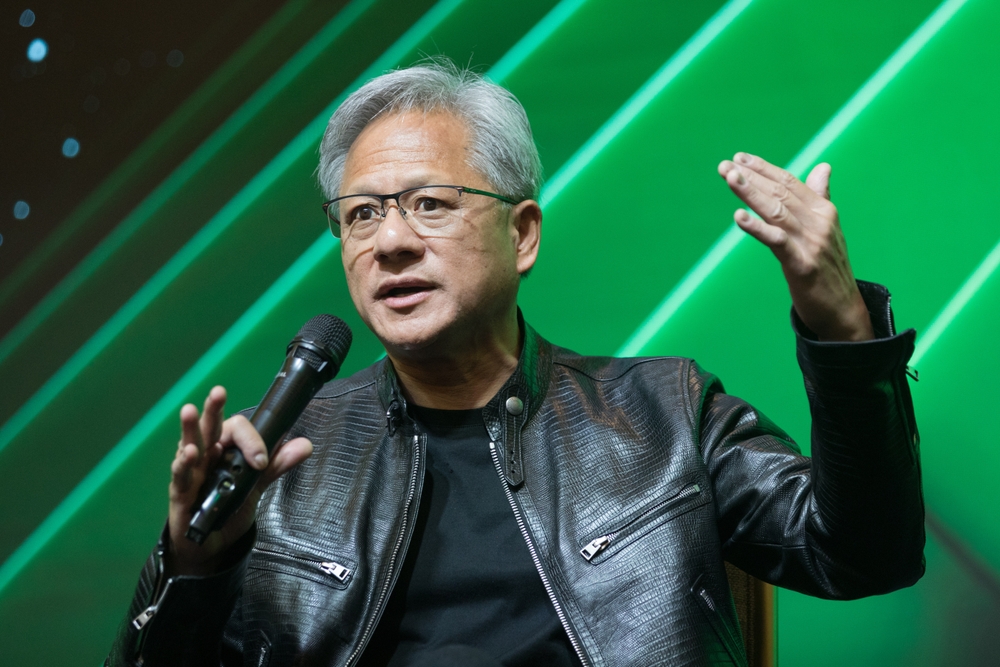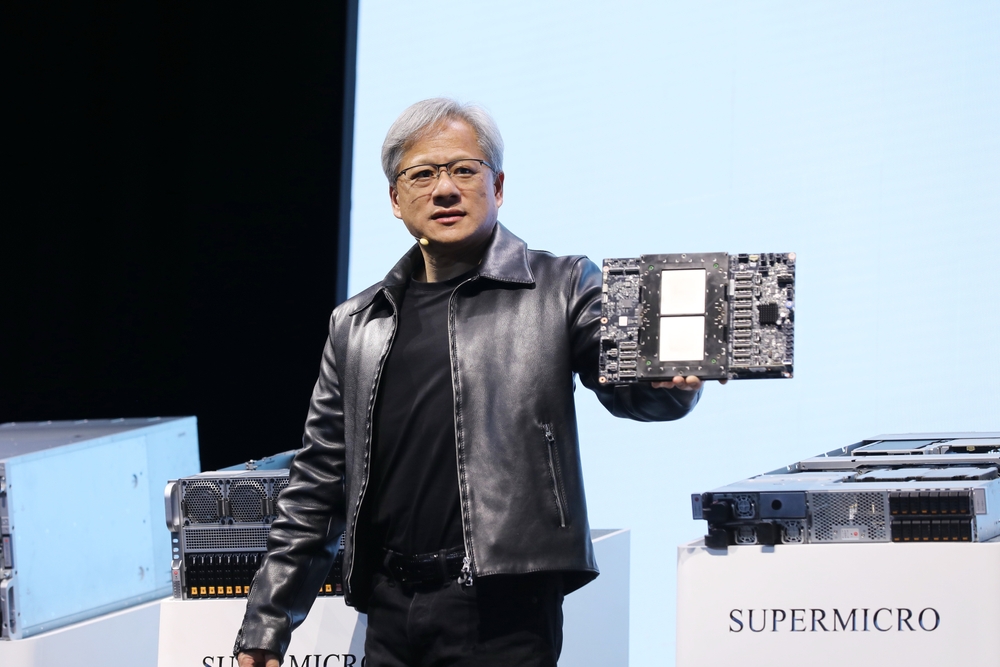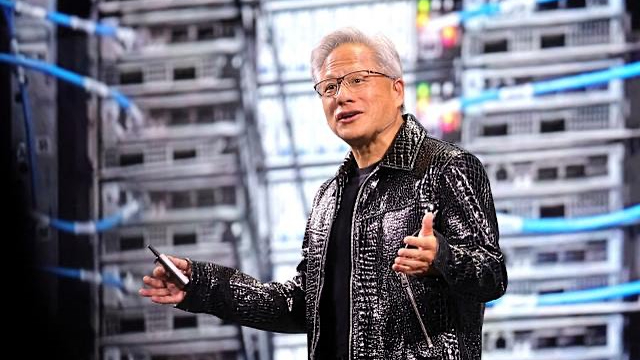"The Robot Decade”: Nvidia CEO Declares AI-Driven Machines Will Rule the 2020s
The 2020s Will Belong to Robots, Says Nvidia CEO
Speaking at the Viva Tech conference in Paris, Nvidia CEO Jensen Huang made a bold and prophetic statement: “This is going to be the decade of AV [autonomous vehicles], robotics, autonomous machines.” If the past few years of AI growth weren’t convincing enough, Huang’s forecast signals a tipping point — one where robotics and AI are no longer confined to science fiction, but ready to reshape industries, economies, and daily life.
From Silicon to Steering Wheels: Nvidia's Bet on Autonomy
Nvidia has become the heartbeat of the AI revolution, powering everything from data centers to smartphones — but its vision for the future is increasingly robotic. Huang emphasized Nvidia’s dual role in hardware and software development for AVs, making the company one of the core tech enablers of this transformation.
With chips like the Nvidia Drive series and AI platforms designed specifically for real-time perception, decision-making, and control in AVs, the company is building the brain and nervous system for the next generation of vehicles — and beyond.

The Robotaxi Revolution Is Already Happening
Across parts of the U.S., self-driving vehicles are no longer experimental — they’re operational. Companies like Waymo (a Google subsidiary), Baidu, and Pony.ai are already running autonomous taxi services in San Francisco, Phoenix, Los Angeles, and several cities in China.
Passengers can hail driverless rides as casually as ordering an Uber — and soon, they might. Uber itself just partnered with British startup Wayve to bring fully autonomous rides to the U.K. by 2026, riding on the wave of the newly passed Autonomous Vehicles Act. It’s a real-world validation of Huang’s claim that AVs are not “coming,” they’re already here.
Related: Nvidia’s Downfall? Chip Export Crackdown Sends Stock Tumbling
Europe Lags Behind — But That’s Changing
While the U.S. and China have taken an early lead in autonomous innovation, Europe has been playing catch-up due to regulatory uncertainty. But recent developments suggest a shift. The U.K.’s Autonomous Vehicles Act, set to clear the path for self-driving cars by 2026, signals Europe’s intent to compete.
As regulations evolve to support innovation while ensuring safety and oversight, expect a rapid acceleration in adoption across the continent.

Jen-Hsun Huang (Jensen Huang) NVIDIA's Founder, President and CEO.
Why Now? The Convergence of AI, Chips, and Demand
So why is this the decade of robotics? It's the convergence of several forces:
-
AI breakthroughs — especially generative models and reinforcement learning — now allow machines to better perceive, predict, and adapt.
-
Advanced computing power — led by Nvidia’s GPUs — makes real-time autonomy possible at scale.
-
Global demand — from logistics to healthcare to agriculture — is driving investment in machines that can do human tasks faster, cheaper, and without fatigue.
The world is aging, labor shortages are intensifying, and industries are looking for efficiency — robotics, once a luxury, is now becoming a necessity.
Related: Robots Race Humans in Historic Beijing Half-Marathon
Related: Nvidia’s Downfall? Chip Export Crackdown Sends Stock Tumbling
Beyond Cars: The Rise of Autonomous Everything
While the buzz centers around robotaxis, Huang’s vision stretches further: drones, factory bots, service robots, agricultural machines, and autonomous medical tools. Think smart robots in hospitals, farms, and homes — all running on Nvidia hardware and powered by next-gen AI.
The "robot decade" doesn’t just mean driverless cars — it means a world where physical tasks, from delivery to diagnostics, can be done faster, safer, and more precisely by machines.
Conclusion
Jensen Huang’s prediction isn’t just a tech CEO hyping the next trend — it’s an informed bet from a man whose company is literally building the infrastructure for it. The next few years will test whether robotics and autonomous machines live up to the hype. But from what we’ve already seen on roads, in warehouses, and in AI labs worldwide, the robotic revolution is not a matter of if, but how fast.














